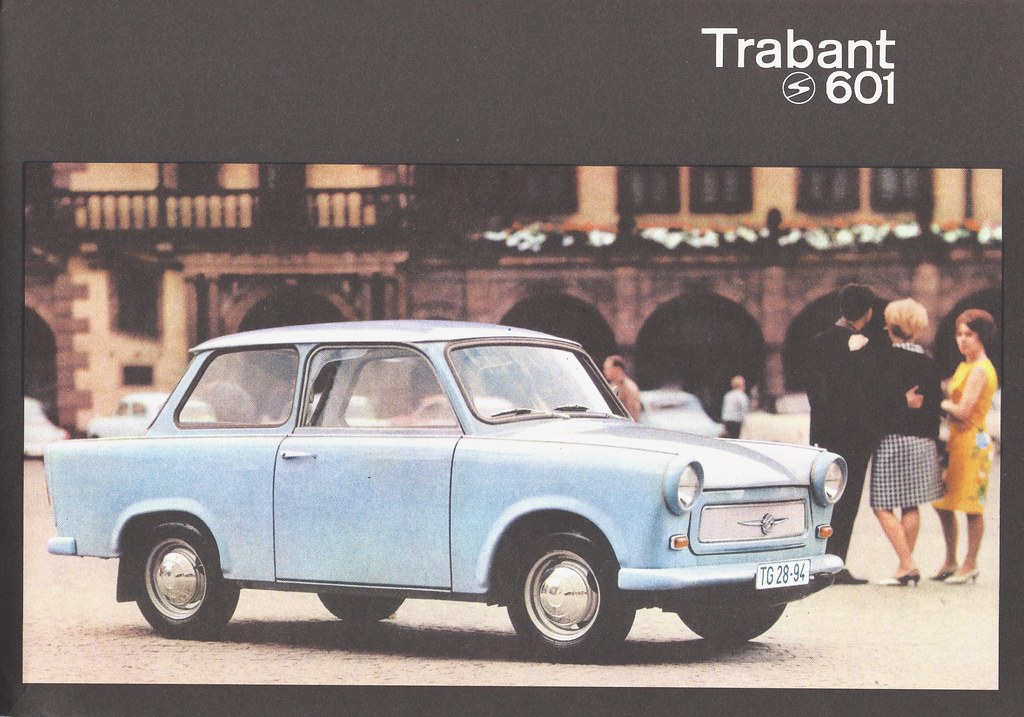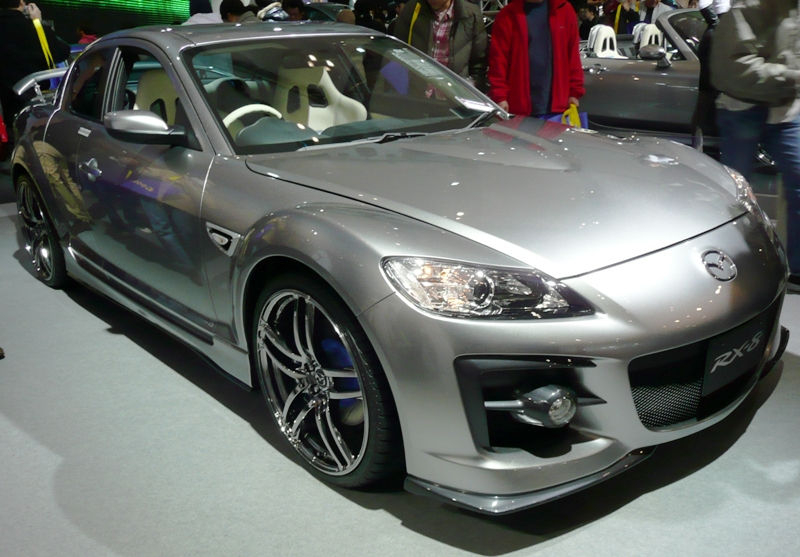Hey, car lovers and casual commuters alike! We all know that feeling when a car just *gets* you – it’s reliable, it looks good, and it doesn’t give you any grief. But what about those cars that seem to have been designed specifically to test your patience, defy common sense, or just make you scratch your head in utter bewilderment? You know the ones – the vehicles that cemented their place in automotive history not for their sleek lines or roaring engines, but for being, well, total jerks on wheels.
That’s right, we’re talking about the automotive legends (or should we say, *infamies*) that have gone down in history for all the wrong reasons. From bizarre aesthetics that made onlookers shudder, to mechanical meltdowns that left owners stranded, and even some serious safety snafus, these cars cemented their place in the collective consciousness as vehicles you definitely wouldn’t want to bring home to mom. Forget performance stats for a moment; today, we’re diving into the sheer personality (or lack thereof) that made these cars automotive pariahs.
So, buckle up, because we’re taking a joyride down memory lane to revisit 14 cars that achieved legendary status for their bad reputations. Get ready to laugh, cringe, and maybe even appreciate your current ride a little more, as we kick off the first half of our epic list, exploring the early contenders for the ‘jerk car’ crown.
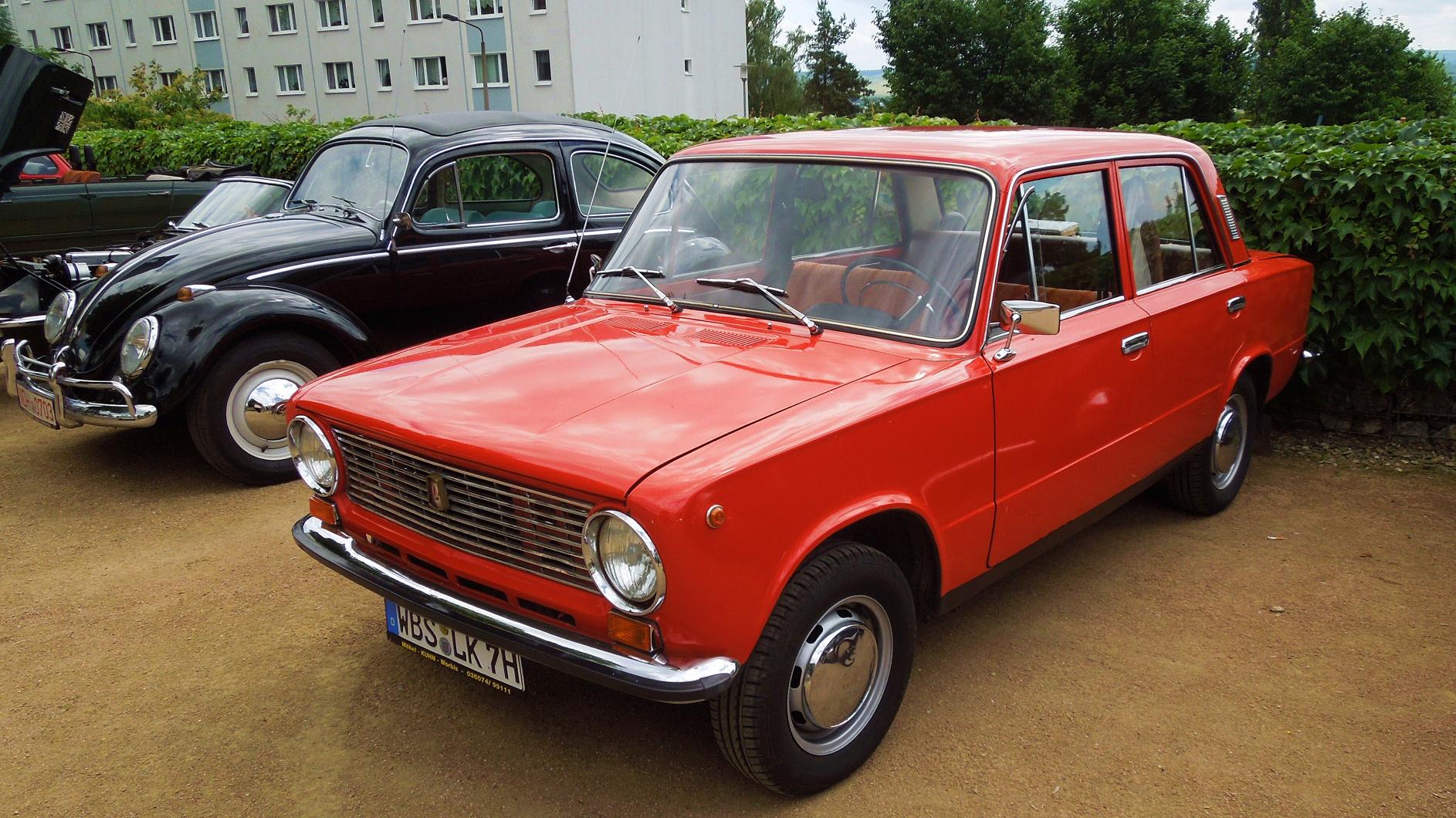
1. **Triumph Mayflower (1949–53)**
Imagine trying to sell ‘luxury small’ to a market that was absolutely obsessed with bigger-is-better. That was the ambitious, if utterly misjudged, goal of the Triumph Mayflower. This car was meant to conquer the US market, appealing to those who fancied themselves descendants of the Pilgrim Fathers. The problem? Its design, meant to mimic grand Rolls-Royce and Bentley limousines, got hilariously lost in translation when shrunk down to size, resulting in proportions that were, to put it mildly, an acquired taste – and most people never acquired it.
Seriously, this car looked like a miniature luxury sedan viewed through a funhouse mirror. Automotive journalist James May famously dubbed it the ‘ugliest car ever built,’ declaring that ‘Its details are ugly, its overall proportions are ugly, its very concept – as a car to appeal to Americans who believed they were directly descended from the Pilgrim Fathers – makes one shudder.’ Another publication hilariously described it as ‘the misshapen out of scale miniature of the larger, more elegant Renown model, viewed in the distorted reflection of a fairground mirror.’ It literally looked like a Rolls-Royce Phantom that had been ‘chopped in the middle.’
Beyond its visually challenging exterior, the Mayflower was also severely underpowered. Its heavy body, combined with a small motor based on the Standard Ten, meant it could barely crawl to a top speed of 63 mph. This wasn’t just a car; it was a testament to how *not* to design a vehicle, solidifying its place in ‘The Worst Cars Ever Sold’ and ‘Naff Motors: 101 Automotive Lemons.’ A true automotive blunder that looked as bad as it performed.
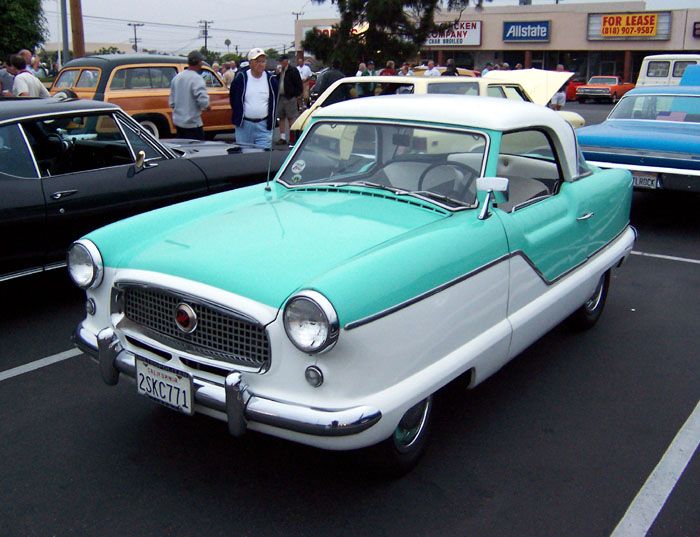
2. **Nash/Austin Metropolitan (1954–62)**
Here’s a tale of good intentions gone hilariously wrong. The Nash Metropolitan was America’s early attempt at a small car, envisioned not as a bare-bones economy ride, but as a ‘big car in miniature,’ aimed squarely at affluent urban gals looking for a ‘motorized shopping cart.’ Talk about a niche market! Developed in a transatlantic partnership with British Austin Motors, it was the first US-designed car entirely produced abroad. Sounds promising, right? Wrong.
Despite a massive marketing push, the Metropolitan flopped harder than a pancake in a hurricane. Its performance was dismal, handling was poor, and reliability was a constant headache. Turns out, during a period of rising prosperity, Americans were less interested in a scaled-down luxury car and more inclined towards full-size vehicles. Brian Sewell of The Independent didn’t mince words, calling it ‘one of the nastiest cars ever built.’ Stuff.co.nz chimed in, noting it was ‘an abject failure being the worst of both worlds’ – neither a great American car nor a great British one.
Money Inc. didn’t pull any punches either, labeling it ‘One of the biggest bombs in automotive history and definitely one of the worst cars ever made.’ While it did gain a small, enthusiastic cult following *after* its commercial failure (because, hey, sometimes weird is wonderful), at the time, it was a prime example of an automotive concept that just didn’t click. It was a charming failure, perhaps, but a failure nonetheless.
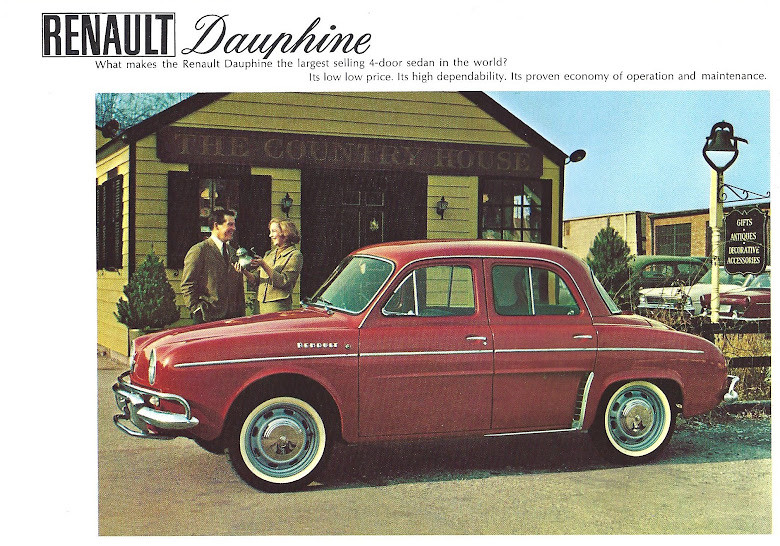
3. **Renault Dauphine (North American version) (1956–67)**
Oh, the Renault Dauphine! In Europe, it was celebrated as a trailblazer for the modern economy car, a true sales sensation. But when it crossed the Atlantic to the land of wide-open roads and V8 engines, it transformed into an automotive punching bag. Its North American reception was brutal, largely due to a performance that could be generously described as ‘leisurely’ and reliability that was, well, consistently unreliable.
Imagine driving a car that takes 32 seconds to reach 60 mph from a standstill. That’s not just slow; that’s practically a scenic tour on the freeway. Road & Track magazine confirmed this glacial pace, making it clear why Autoblog included the Dauphine on its ‘The 20 Dumbest Cars of All Time’ list. Time magazine’s Dan Neil famously quipped it was ‘The most ineffective bit of French engineering since the Maginot Line,’ adding that its performance ‘put the Dauphine at a severe disadvantage in any drag race involving farm equipment.’ Ouch.
And if its sluggishness wasn’t enough, then came the rust–oh, the rust! A 2008 retrospective article in The Independent painted a vivid picture: ‘as soon as the US market had come to grips with the Dauphine’s swing-axle manners and useless acceleration, they were pole-axed by its abysmal corrosion record. It would take only one New York winter of driving on salt-strewn roads to give a Dauphine front wings that resembled net curtains.’ Renault was so embarrassed that they advertised its successor, the Renault 8, as ‘The Renault for people who swore they wouldn’t buy another one.’ That’s some serious damage control, folks!
4. **Trabant (1957–90)**
Ah, the Trabant. This little East German car isn’t just a vehicle; it’s a rolling, sputtering, smoke-belching symbol of an entire economic era. Introduced in communist East Germany, the P50 and later the 601 quickly became a derisively affectionate emblem of the economic struggles of the Eastern Bloc. And why not? With its outdated, inefficient two-stroke engine spewing thick, smoky exhaust and its body made of duroplast, it was a car that screamed, ‘We tried our best with what we had!’
Time magazine named the Trabant one of the ’50 worst cars of all time,’ and Eric Peters, author of ‘Automotive Atrocities! The Cars We Love to Hate,’ perfectly captured its essence, describing its 18-horsepower engine as ‘Notorious for producing a billowing contrail of smoke, while its unsynchronized manual transmission required at least a fifth of Stolichnaya to deal with effectively.’ Dan Neil went even further, calling it ‘the car that gave communism a bad name’ and ‘a hollow lie of a car constructed of recycled worthlessness.’ When the Berlin Wall fell, East Germans streamed into West Germany in their Trabants, only to immediately abandon them – a stark visual metaphor for a society shedding its past.
Richard Porter, in his book ‘Crap Cars,’ put it simply: ‘Before the old borders were broken down, we in the West thought we knew how harsh life was behind the Iron Curtain. Then we saw the Trabant. Oh, the humanity.’ It became the butt of jokes across Germany, immortalized in films like *Go Trabi Go*. Yet, despite its abysmal image, it has surprisingly gained a strong cult following, a nostalgic icon of ‘Ostalgie.’ It’s a ‘jerk car’ that you can’t help but almost love, precisely *because* it was such a trainwreck.
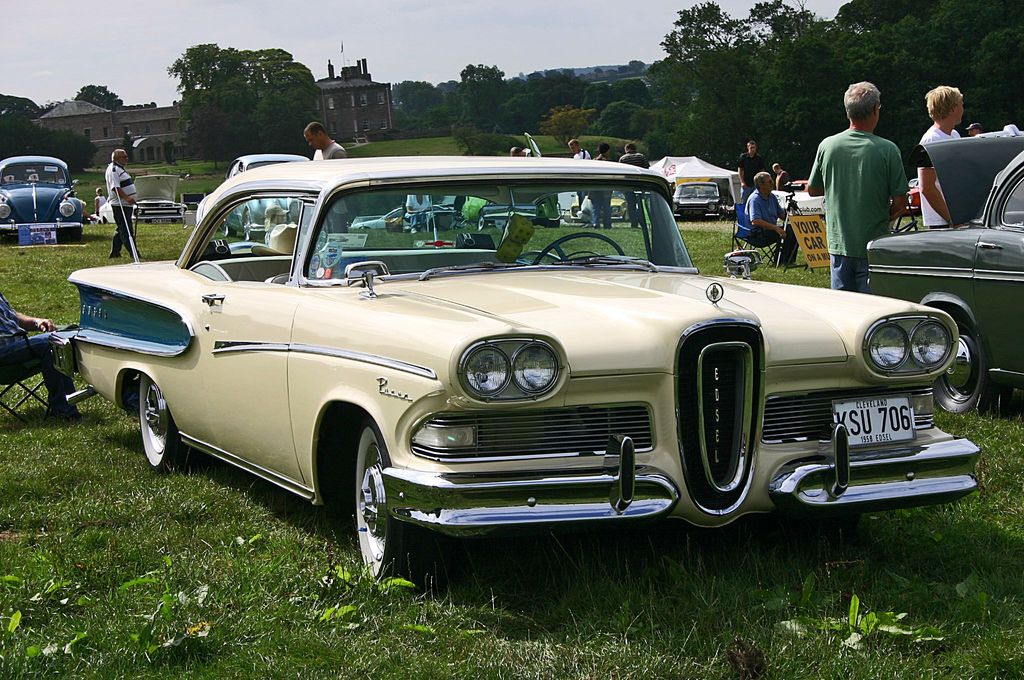
5. **Edsel (1958)**
When a car’s name becomes synonymous with ‘commercial failure’ in popular culture, you know it’s a special kind of ‘jerk’ car. Enter the Edsel. Ford Motor Company poured a whopping $400 million into this project, intending it to be a revolutionary new brand positioned between their entry-level Ford and medium-priced Mercury. The hype was stratospheric, promising a plutonium-powered, pancake-making wondercar! What the public got, however, was, as Dan Neil put it, ‘a Mercury’ – albeit one ‘redecorated… with an ugly stick.’
The Edsel was supposed to be a game-changer, featuring innovative self-adjusting brakes and automatic lubrication. Yet, it mostly consisted of components already found in other Ford and Mercury vehicles, failing to live up to the overblown marketing. Financially, it was a cataclysm, bleeding an estimated $250 million to $350 million and bankrupting many Ford dealers. The Los Angeles Times didn’t pull any punches, calling it ‘The legendary flop of all automotive flops.’
And then there’s *that* grille. The Edsel’s unique ‘horseshoe’ grille became instantly infamous, ridiculed for resembling everything from a ‘toilet seat’ to ‘female genitalia.’ Sarcastic quips like it looking like ‘a Mercury pushing a toilet seat’ or ‘an Oldsmobile sucking a lemon’ cemented its visual infamy. The tail lamps were even slammed as looking like ‘ingrowing toenails.’ While popular belief blames the grille, the real culprits were bad marketing, shoddy build quality (due to sharing production lines), and being released during a recession when consumers were turning to smaller economy cars. Still, a commercial flop of epic proportions, proving that sometimes, even good intentions pave the road to automotive hell.
Car Model Information: 1958 Edsel Citation
BirthName: Edsel Bryant Ford
Caption: Ford in 1921
BirthDate: [object Object]
BirthPlace: Detroit, Michigan
DeathDate: [object Object]
DeathPlace: Grosse Pointe Shores, Michigan
Occupation: Automobile executive
Title: Ford Motor Company
Spouse: [object Object]
Categories: 1893 births, 1943 deaths, 20th-century American businesspeople, All articles with dead external links, American art collectors
Get more information about: Edsel Ford
Buying a high-performing used car >>>
Brand: Ford Model: Edsel
Price: $7,800 Mileage: 68,904 mi.
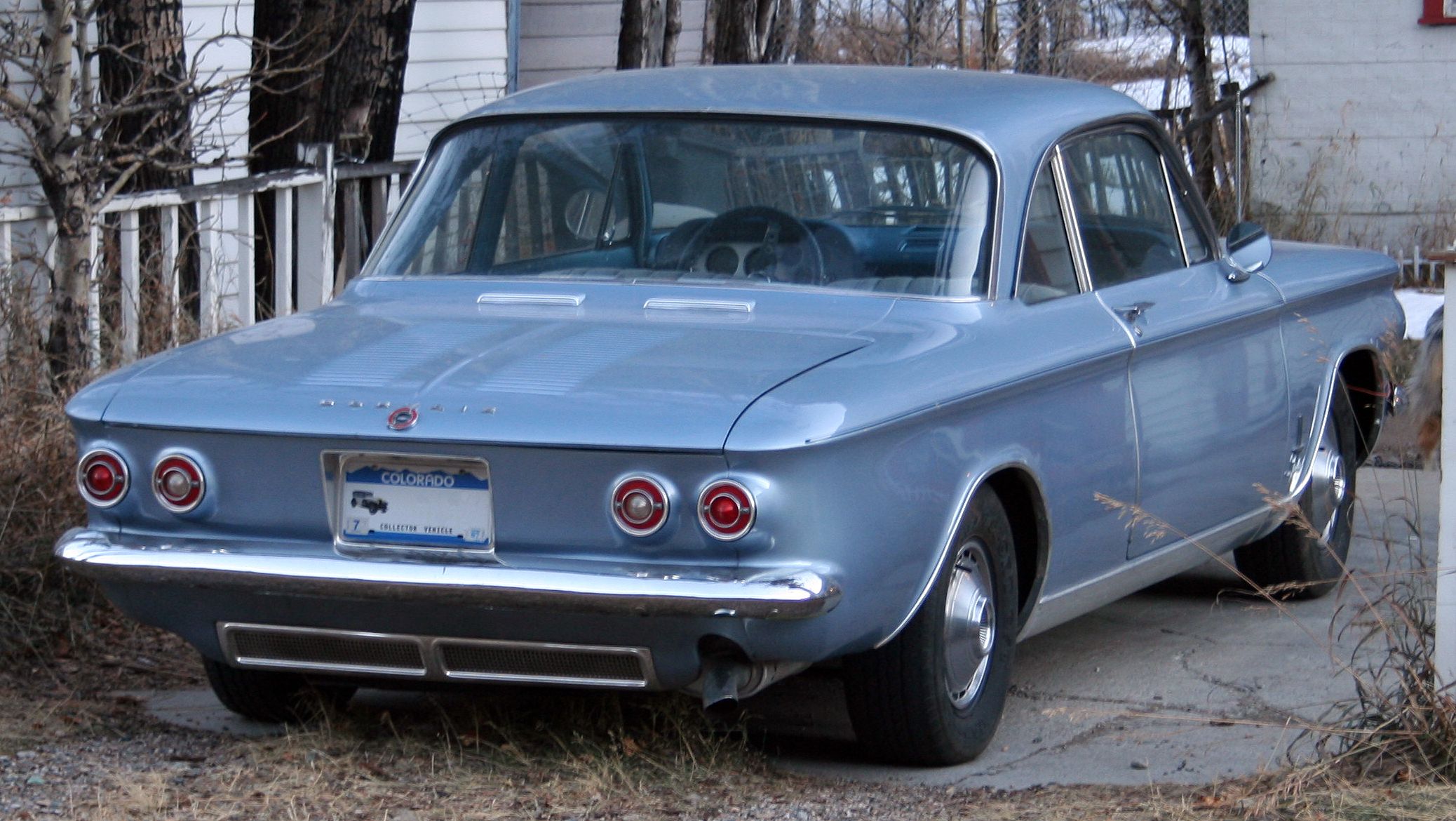
6. **Chevrolet Corvair (1960–64)**
The Chevrolet Corvair is the ultimate cautionary tale of a car that went from critical darling to safety pariah. Initially praised and popular, its rear-engine layout combined with a swing-axle rear suspension quickly turned into a highway hazard for drivers not accustomed to its quirky, unpredictable handling. This wasn’t just a minor design flaw; it led to over 100 lawsuits against General Motors, making it a hot topic in Ralph Nader’s groundbreaking 1965 book, *Unsafe at Any Speed*.
The scandal only deepened when it was revealed that GM deliberately skipped crucial suspension upgrades on early models for cost reasons, knowing full well the risks. Talk about a ‘jerk’ move by the manufacturer! GM’s desperate attempts to discredit Nader only piled on more negative publicity, while the Ford Mustang galloped in to steal the Corvair’s sales thunder. Former GM executive John DeLorean and Ford/Chrysler President Lee Iacocca both later affirmed Nader’s criticisms, with Iacocca flat-out calling it ‘unsafe’ and ‘terrible.’ Dan Neil summed it up perfectly: ‘Chevrolet execs knew the Corvair was a handful, but they declined to spend the few dollars per car to make the swing-axle rear suspension more manageable. Ohhh, they came to regret that.’
Ironically, despite the safety uproar that directly led to the founding of the National Highway Traffic Safety Administration (NHTSA) and mandatory safety testing in the US, a later NHTSA report claimed a properly maintained Corvair handled comparably to its peers. But by then, the damage was done. Edmunds.com dryly noted, ‘Nader had a point.’ The Corvair’s legacy isn’t just about its design; it’s about corporate responsibility (or lack thereof) and how a car can shake up an entire industry, becoming a ‘deadly sin’ that contributed to GM’s eventual downfall.
Car Model Information: 1964 Chevrolet Corvair Monza
Caption: 1964 Chevrolet Corvair Monza
Name: Chevrolet Corvair
Manufacturer: Chevrolet
Production: 1960–1969
Platform: GM Z platform
Chassis: Unibody
ModelYears: 1960–1969
Class: Compact car
Successor: Chevrolet Vega
Layout: Rear-engine, rear-wheel-drive layout
Categories: All Wikipedia articles written in American English, All articles lacking in-text citations, All articles needing additional references, All articles with dead external links, All articles with specifically marked weasel-worded phrases
Get more information about: Chevrolet Corvair
Buying a high-performing used car >>>
Brand: Chevrolet Model: Corvair
Price: $29,988 Mileage: 74,787 mi.
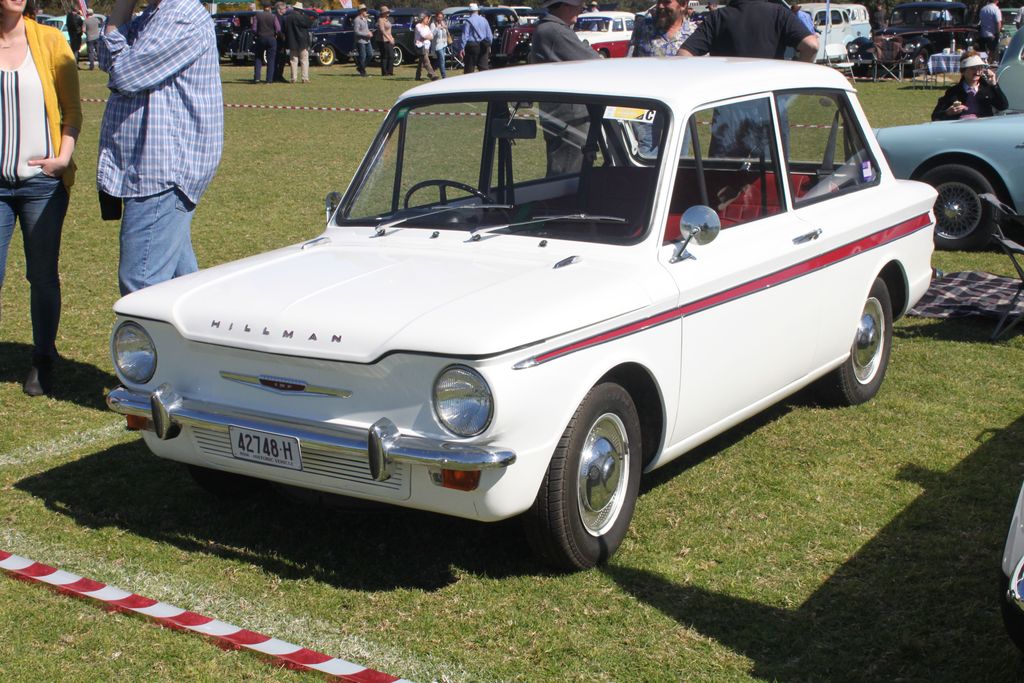
7. **Hillman Imp (1963–76)**
The Hillman Imp arrived with a bang, heralded as a modern, innovative challenger to the hugely popular BMC Mini. It boasted impressive features like an aluminum motor block, good road handling, and a clever opening rear window with a folding backseat for generous luggage space. High hopes, positive media attention – it seemed like a recipe for success. Yet, this promising small economy car ultimately drove its parent company, the Rootes Group, into such deep financial trouble that Chrysler swooped in for a takeover. Talk about a car with a knack for causing chaos!
So, what went wrong? While the Mini embraced front-engine, front-wheel-drive, the Imp stubbornly stuck with a rear-engine, rear-wheel-drive layout, already seen as a bit old-fashioned. But the real ‘jerk’ move was the rush to production. Designed and developed on a shoestring budget and a lightning-fast timeline (less than three years!), the Imp suffered from abysmal quality control at its brand-new Linwood plant and an underdeveloped design. Owners frequently faced failing gearboxes, problematic water pumps, engine overheating, and generally poor production quality and panel fit. This wasn’t just a few hiccups; it was a cascade of reliability nightmares.
The Imp never came close to the Mini’s sales figures, becoming a significant financial drain. It’s been lambasted as one of ‘The Five Worst English Cars of All Time’ and ranked the 5th worst British car in a major survey. Hotcars.com placed it at #3 on its list of the 20 worst European cars. Despite its glaring flaws and reputation for mechanical misery, it somehow clung to production until 1976. The Hillman Imp stands as a stark reminder that even with innovative ideas, a rushed, poorly executed design can turn a potential star into an automotive lemon.
We’ve zipped through the early contenders for the ‘jerk car’ crown, but hold onto your steering wheels, because the journey through bad car reputations is far from over! We’re diving into another batch of vehicles, infamous for epic reliability failures, scandalous safety issues, and design blunders that left everyone scratching their heads. Get ready for wild tales and more reasons to hug your current ride. Let’s roll into the final chapter of automotive notoriety!
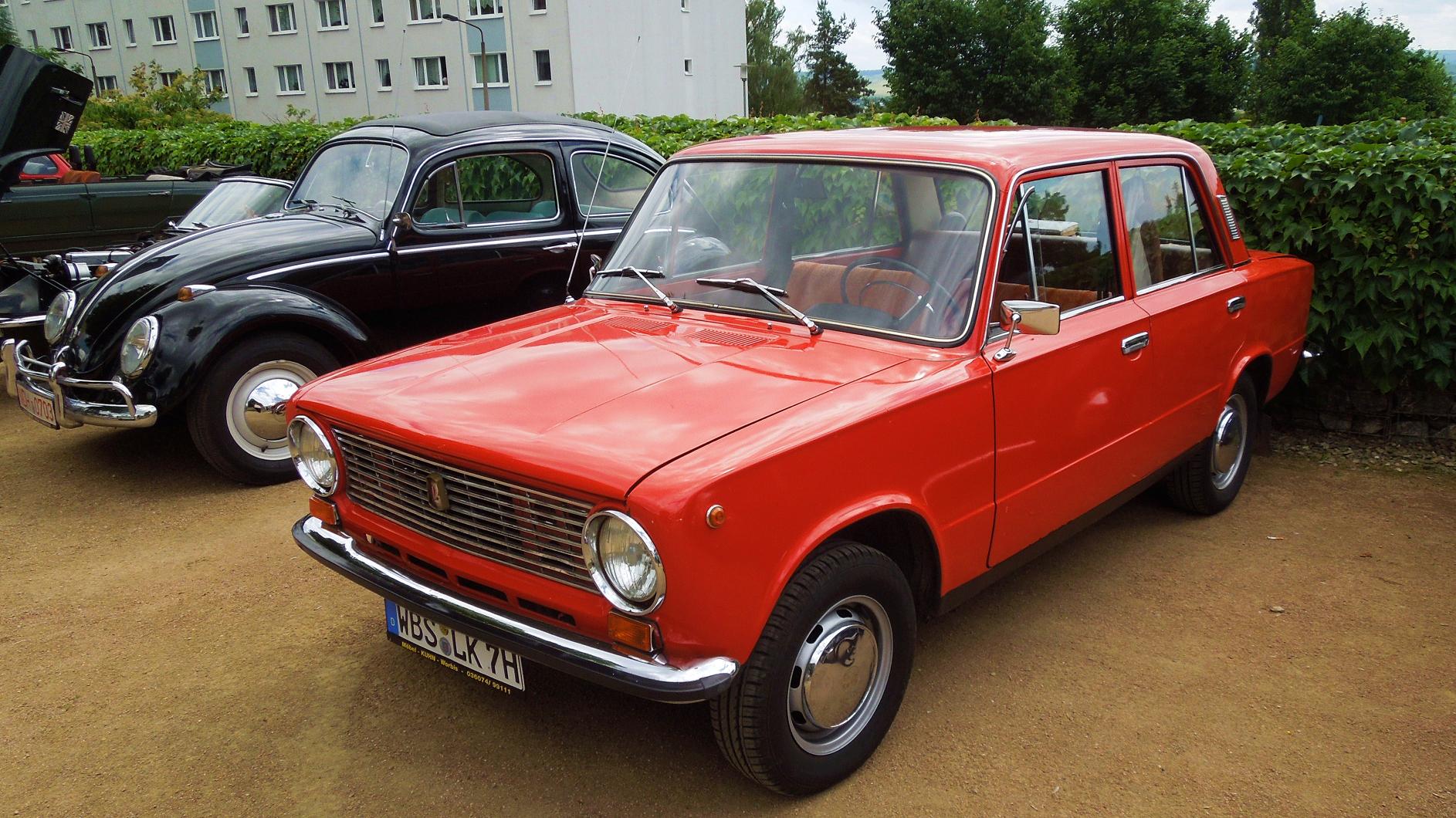
8. **Subaru 360 (North American version) (1968–70)**
Alright, buckle up, buttercups, because our next contender is a real head-scratcher. The Subaru 360 was a hit in Japan, but entrepreneur Malcolm Bricklin imported it to America, taking advantage of its light weigh,t which exempted it from US safety standards. Marketed with the charmingly honest slogan “Cheap and ugly does it!”, the Subaru 360 hit American shores, but proved a bit of an “uh oh.” *Car and Driver* magazine didn’t mince words, calling it “one of the ugliest cars in history” and “the most bulbous bubble ever to putt-putt.” It sounded less like a car and more like a sad, struggling cartoon character.
If its looks didn’t scare you off, its performance and safety certainly would. *Consumer Reports* declared the 360 “unacceptably hazardous.” Why? It took a mind-boggling 37.5 seconds to go from 0 to 60 MPH – you could practically walk faster! Plus, it was deemed “dangerously structurally deficient” in a 30MPH crash test, and its bumpers were apparently only good for warding off a watermelon. *Consumer Reports* joyfully concluded their review by saying it “was a pleasure to squirm out of the [car], slam the door, and walk away.” Imports stopped in 1970, and unsold 360s lingered for years, leading to urban legends of them being crushed or pushed into the ocean. Oof.
Car Model Information: 2024 Subaru Legacy
Name: Subaru 360
Aka: Subaru 450
Manufacturer: Subaru
Production: 1958–1971
Length: 117.7 in
Abbr: on
Disp: flip
Width: 51.2 in
Wheelbase: 70.9 in
Height: 54.3 in
Weight: 900 lb
Successor: Subaru R-2
Doors: Suicide doors
Layout: RR layout
Related: Subaru Sambar
Designer: Shinroku Momose
Categories: 1960s cars, 1970s cars, Articles with short description, Cars discontinued in 1971, Cars introduced in 1958
Get more information about: Subaru 360
Buying a high-performing used car >>>
Brand: Subaru Model: 360
Price: $31,995 Mileage: 31,045 mi.
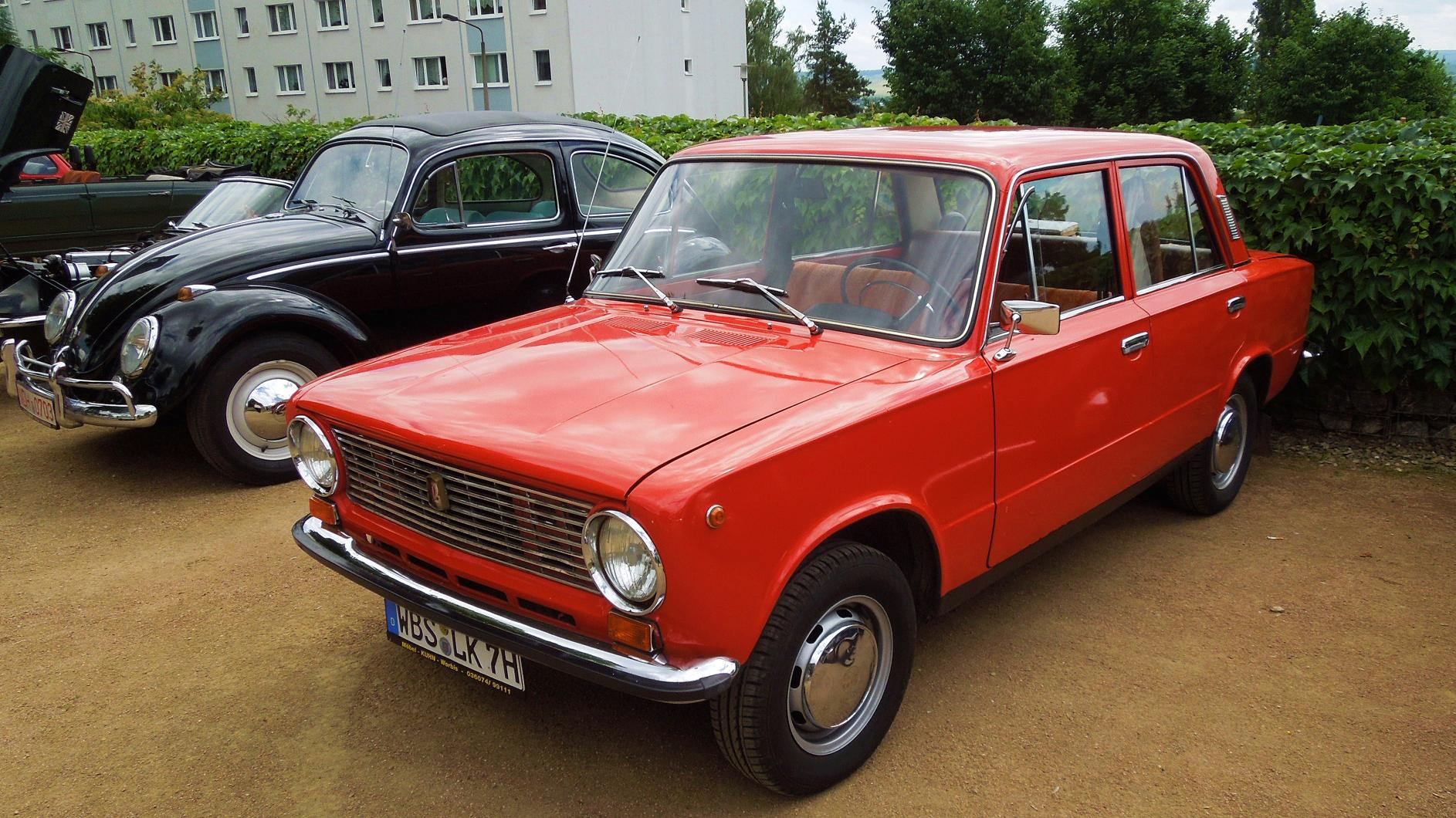
9. **VAZ-2101/Lada Riva/Zhiguli (1970–2013)**
Ever heard of a car so tough it could survive a nuclear blast, but not water? Meet the Lada! Specifically, the VAZ-2101, known in export markets as the Lada Nova or simply Lada. This Russian-made, ruggedized Fiat 124 quickly became a punchline in Western markets for its ancient tech and *questionable* build quality.
Jeremy Clarkson, with his usual flair, crowned it “simply the worst car in the world.” He vividly described his experience: “The steering column appeared to have been welded to the dashboard so that it wouldn’t turn. The brakes caused the car to speed up a bit and turn left, violently, at the same time.” He also hilariously pointed out its peculiar resilience: “It’s like a cockroach. It could survive a nuclear blast. It’s amazingly tough. It can stand up to hammer blows but not water.” The fuel? “Russian petrol, which had an octane rating of 76. That’s not really petrol. That’s spicy water.” Despite being an “all-round disaster” by Western standards, the Lada was a sensation in Soviet Russia. It became the third-best-selling car of all time globally and had one of the longest production runs at 43 years, truly living two very different lives.
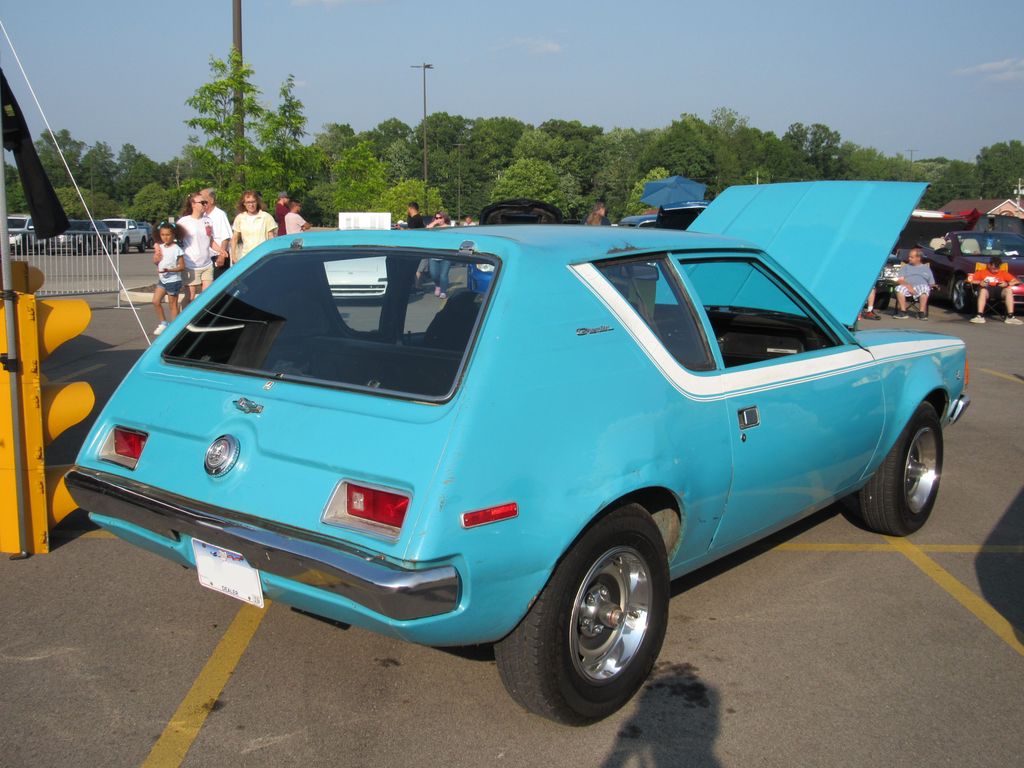
10. **AMC Gremlin (1970–78)**
Alright, car design can be tricky, but sometimes it just makes you wonder if someone spilled their coffee on the blueprints. Enter the AMC Gremlin! Launched in 1970, this subcompact was basically a chopped-off AMC Hornet. And when we say “chopped off,” we mean it. *Time* magazine called it one of the 50 worst cars of all time, with Dan Neil hilariously noting its design team “basically whacked off the rear of the AMC Hornet with a cleaver. The result was one of the most curiously proportioned cars ever.” Imagine getting that haircut!
Beyond its distinctive, shall we say, *rear-end*, the Gremlin also came packed with seriously old-school tech. We’re talking vacuum-operated windshield wipers – yes, you read that right! Eric Peters, author of *Automotive Atrocities!*, quipped that its features “hearkened back to the technologically sophisticated days of 1935.” It was cheap, incredibly deprived, and “awful to drive,” thanks to a heavy six-cylinder motor and “choppy, unhappy handling.” The only upside? It was “quicker than other subcompacts but, alas, that only meant you heard the jeers and laughter that much sooner.” Brutal! It certainly stood out, just not in the way AMC had hoped.
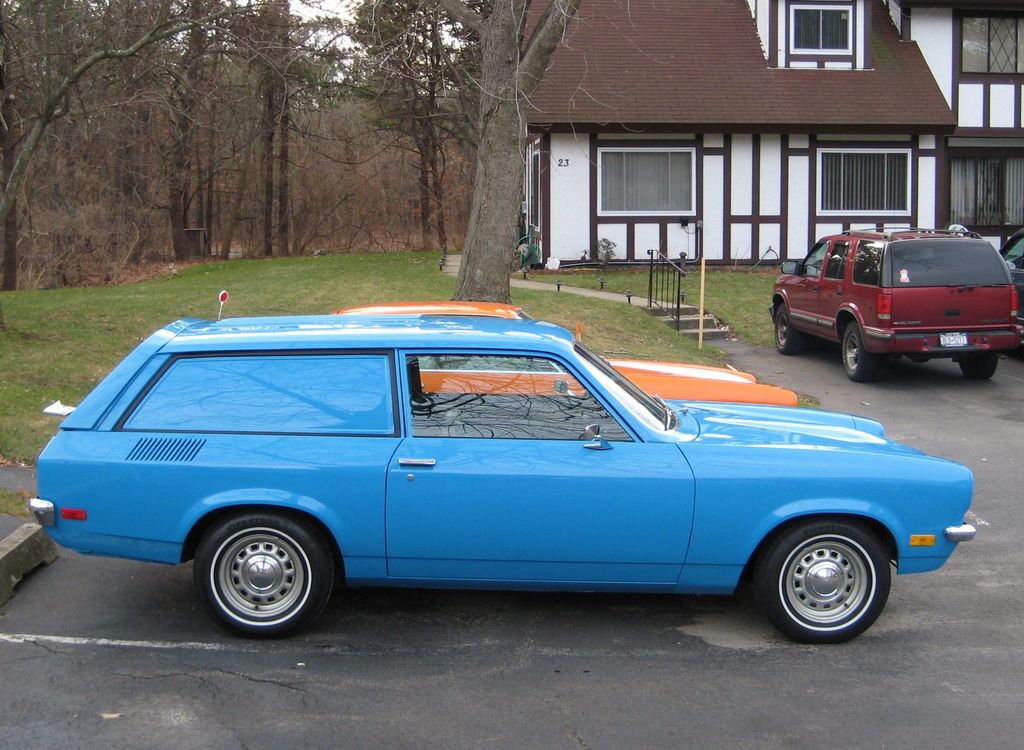
11. **Chevrolet Vega (1971–77)**
Oh, the Chevrolet Vega. This car started its life as a shining star, winning *Motor Trend Car of the Year* in 1971 and becoming an immediate bestseller. It was supposed to be GM’s answer to the rising tide of small, fuel-efficient imports. With its innovative aluminum block engine and new rustproofing methods, it sounded like a dream come true. If only dreams didn’t sometimes turn into absolute nightmares.
Turns out, those “innovative” features quickly became its downfall. The Vega proved notoriously vulnerable to corrosion (so much for that rustproofing!) and suffered from shockingly premature engine failure. By the late 1970s, these cars were being scrapped so fast that some junkyards straight up refused to buy them. A car so bad, even scrapyards didn’t want it! *Autoblog* perfectly summed it up, saying the Vega “proved the point that American car makers did not make good small cars.” It clinched second place on *Car Talk’s* “Worst Car of the Millennium” poll and landed on *Forbes’* “Worst Cars of All Time” list. *Popular Mechanics* even called it the “catalyst that put General Motors on the downward spiral, which culminated in its bankruptcy in 2009.” What a legacy!
Car Model Information: 1976 Chevrolet Vega
Name: Chevrolet Vega
Caption: 1971 Chevrolet Vega
Aka: Vega 2300
Manufacturer: Chevrolet
Production: 1970–1977
ModelYears: 1971–1977
Assembly: Lordstown, Ohio
Predecessor: Chevrolet Corvair
Successor: Chevrolet Monza
Class: Subcompact car
Layout: FR layout
Platform: GM H platform (RWD)
Categories: 1970s cars, All articles needing additional references, All articles with unsourced statements, Articles needing additional references from July 2023, Articles with short description
Get more information about: Chevrolet Vega
Buying a high-performing used car >>>
Brand: Chevrolet Model: Vega
Price: $34,000 Mileage: 82,344 mi.
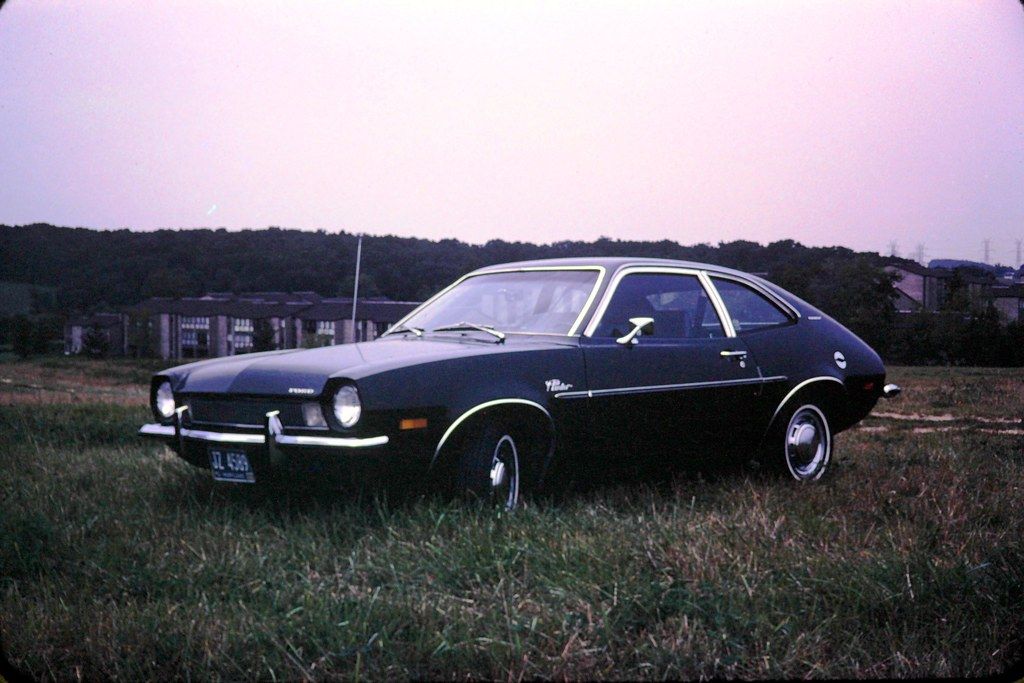
12. **Ford Pinto (1971–80)**
Here’s a car that, despite being a strong seller initially, became infamous for a rather… explosive reason. The Ford Pinto is practically synonymous with the phrase “defective fuel tank design.” While it started out with a decent reception, its reputation was absolutely incinerated by accusations that it could burst into flames if rear-ended. Not exactly a feature you want on your daily commute, right?
The real kicker was the “Pinto memo.” This internal document, which surfaced during lawsuits, allegedly showed that Ford executives knew about the design flaw. It was argued that Ford calculated it would be cheaper to pay off lawsuits for burn injuries and deaths than to actually re-engineer the fuel tank. This revelation ignited public outrage and cemented the Pinto’s fiery reputation. *Time* magazine’s Dan Neil put it bluntly: “The car tended to erupt in flame in rear-end collisions.” *CNN* noted, “Images of flaming Pintos are so seared into the public consciousness that it’s probably hard for most people… to conjure a mental image of the car while not on fire.” *Autoblog* even ranked it #1 on its “20 Dumbest Cars of All Time” list. Talk about a reputation that stuck like glue… or, well, like a flame.
Car Model Information: 1980 Ford Pinto WAGON
Name: Ford Pinto
Caption: Ford Pinto
Manufacturer: Ford Motor Company
Aka: Mercury Bobcat
Production: September 1970 – July 1980
ModelYears: 1971–1980 (Pinto),1974–1980 (Bobcat)
Chassis: Unibody
Engine: unbulleted list
Abbr: on
Disp: Ford Cologne engine
Transmission: unbulleted list
Wheelbase: 94.0 in
Length: 163 in
Width: 69.4 in
Height: 50 in
Weight: convert
Predecessor: Ford Cortina#Mark II (1966–1970)
Successor: Ford Escort (North America)
Categories: 1980s cars, Articles with short description, Cars discontinued in 1980, Cars introduced in 1970, Commons category link from Wikidata
Get more information about: Ford Pinto
Buying a high-performing used car >>>
Brand: Ford Model: Pinto
Price: $5,951 Mileage: 107,000 mi.
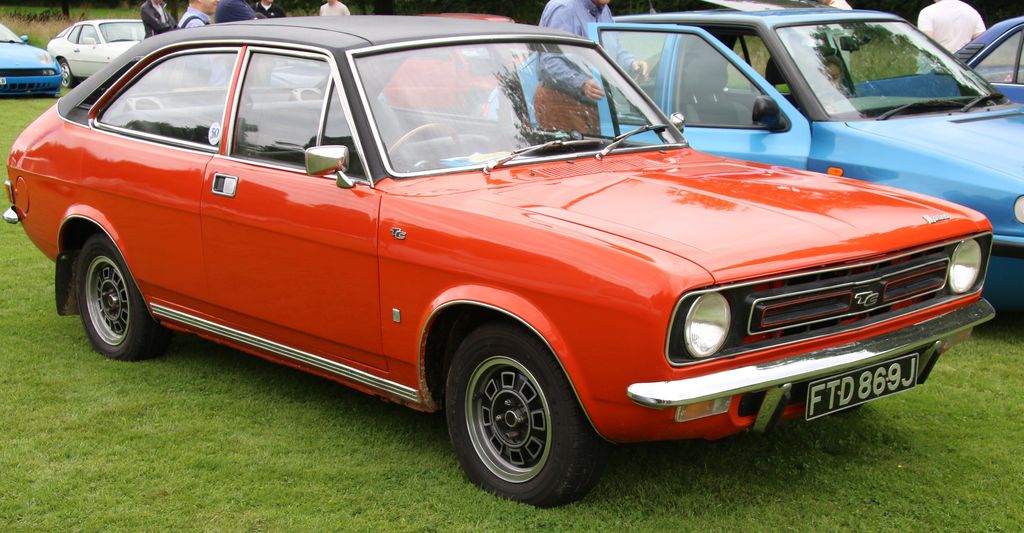
13. **Morris Marina (1971–80)**
Ah, the Morris Marina. This British Leyland creation arrived in 1971, designed to urgently replace several outdated models and compete with the super-successful Ford Cortina. Sounds like a good plan, right? Well, much like a diet that consists solely of crisps, it was a plan destined for disappointment. From its launch, the Marina was slammed for its poor performance, questionable styling, dodgy handling, and just overall shoddy build quality.
You see, the Marina was built on a shoestring budget and a lightning-fast timeline – less than three years from idea to production! And it really showed. It shamelessly reused old mechanical parts, like a front suspension that dated back to a 1948 Morris Minor, and engines from the early 1950s. Jeremy Clarkson famously said its rear suspension “dates back to a medieval hand cart.” The initial design flaw in the front suspension caused dangerous handling, and despite being corrected, the damage to its reputation for poor handling and refinement was already done. The Marina became a favorite target for British motoring journalists, especially Clarkson, who has made destroying Marinas a running gag on *Top Gear*. Despite all this, incredibly, the Marina was one of Britain’s best-selling cars for years, even hitting second place in sales in 1973! It seems sometimes, even a ‘jerk’ car can find its way into people’s driveways.
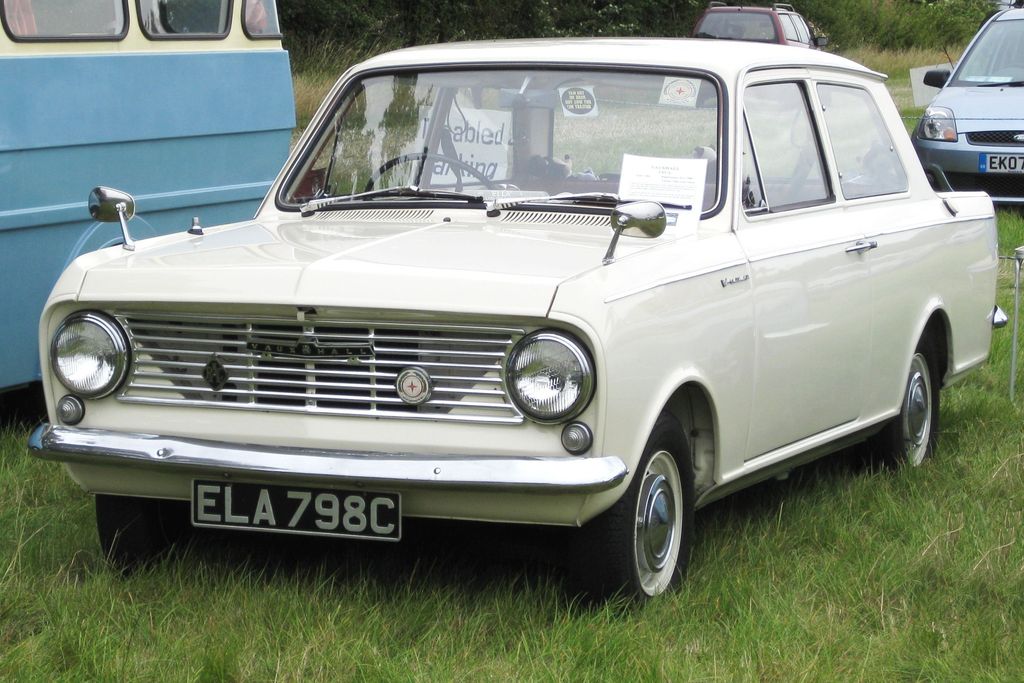
14. **Vauxhall HC Viva “Firenza” (Canada) (1971–73)**
Last but certainly not least on our wild ride through automotive infamy, we arrive at a car so bad it literally sparked protests and changed Canadian law: the Vauxhall HC Viva, rebranded as the “Firenza” for the Canadian market. General Motors Canada started importing these compact Vauxhalls, but oh boy, did they choose the wrong car. The Firenza was plagued with quality problems, made even worse by frequent labor strikes in the UK that meant spare parts were harder to find than a polite driver in rush hour.
Common problems? Try brake failure and engine fires! Yes, *engine fires*. In 1972, furious Firenza owners actually formed the “Dissatisfied Firenza Owners Association” and staged public demonstrations to expose the car’s issues and demand compensation. The car was so toxic on the used car market that year-old models were worth less than a quarter of their original price, and dealerships straight-up refused to take them as trade-ins. The absurdity peaked when *two Firenzas caught fire* during a 32-car protest outside the Canadian House of Commons. You can’t make this stuff up!
The protests and the tragic death of a 19-year-old woman in an accident blamed on the Firenza steering failure even prompted the Canadian government to intervene. GM tried to deny the problems and use deceptive marketing, but it was too late. They pulled the Firenza from the Canadian market in early 1973. The legal fallout from this debacle directly led Prime Minister Pierre Trudeau to oversee the creation of class-action lawsuits in Canada! *Autofocus.ca* called it “the worst car Canada ever saw,” suggesting its only reason for not being globally recognized as one of the all-time worst is its obscurity outside of Canada. What a way to go out – literally going up in flames and setting legal precedents!
Well, there you have it, fellow road warriors! We’ve journeyed through 14 of the most notoriously “jerk” cars in automotive history, from the visually questionable to the mechanically disastrous, and even the downright dangerous. It’s been a wild ride of design blunders, reliability nightmares, and marketing mishaps.
Car Model Information: 2025 Volkswagen Atlas 2.0T SE
Name: Vauxhall Viva
Caption: Vauxhall Viva HC Series
Manufacturer: Vauxhall Motors
Production: unbulleted list
Successor: unbulleted list
Class: Small family car
Categories: 1970s cars, All articles with unsourced statements, Articles with short description, Articles with unsourced statements from April 2024, Articles with unsourced statements from August 2010
Get more information about: Vauxhall Viva
Buying a high-performing used car >>>
Brand: Vauxhall Model: HC Viva
Price: $40,000 Mileage: 8,605 mi.
But beyond the laughs and the head-shaking, these stories remind us of a few things. Building a great car is incredibly hard. Sometimes, a car leaves a legacy far bigger than its horsepower – a legacy of lessons learned, of consumer advocacy, and of the sheer, unpredictable personality of things on wheels. And finally, perhaps, they make us appreciate our own rides, quirks and all, just a little bit more. So, next time you’re stuck in traffic, just remember: it could always be worse. You could be driving one of these legendary lemons! Drive safe, and may your journeys be smooth and fire-free!


